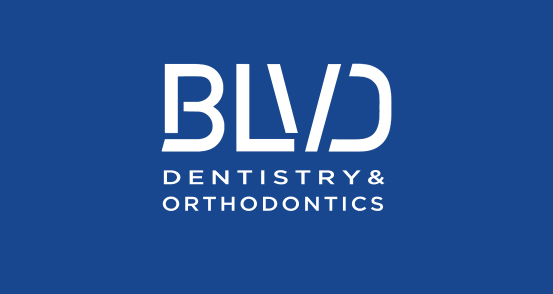Dental sealants act as a barrier to prevent cavities. They are a plastic material usually applied to the chewing surfaces of the back teeth (premolars and molars) where decay occurs most often.
Thorough brushing and flossing help remove food particles and plaque from the smooth surfaces of teeth. But toothbrush bristles cannot reach into the depressions and grooves to extract food and plaque. Sealants protect these vulnerable areas by “sealing out” plaque and food.
Sealants are easy for your dentist to apply. The sealant is painted onto the tooth enamel, where it bonds directly to the tooth and hardens. This plastic resin bonds into the depressions and grooves (pits and fissures) of the chewing surfaces of the back teeth. The sealant acts as a barrier, protecting enamel from plaque and acids. As long as the sealant remains intact, the tooth surface will be protected from decay. Sealants hold up well under the force of normal chewing and may last several years before a reapplication is needed. During your regular dental visits, your dentist will check the condition of the sealants and reapply them when necessary.
The likelihood of developing pit and fissure decay begins early in life, so children and teenagers are obvious candidates. But adults can benefit from sealants as well.
Key ingredients in preventing tooth decay and maintaining a healthy mouth are:
- brushing twice a day with an ADA-accepted fluoride toothpaste
- cleaning between the teeth daily with floss or another interdental cleaner
- eating a balanced diet and limiting snacks
- visiting your dentist regularly
Ask your BLVD dentist about whether sealants can put extra power behind your prevention program.
Call our 5th Street, Riverside, Galleria, Heights, Oak Forest, Rice Village, Richmond, Spring or Hulen dental offices to make an appointment with a dentist who may be able to help you find out more about this topic, and improve your oral health.
Content adapted from the American Dental Association. More info on this topic and others can be found at www.mouthhealthy.org
